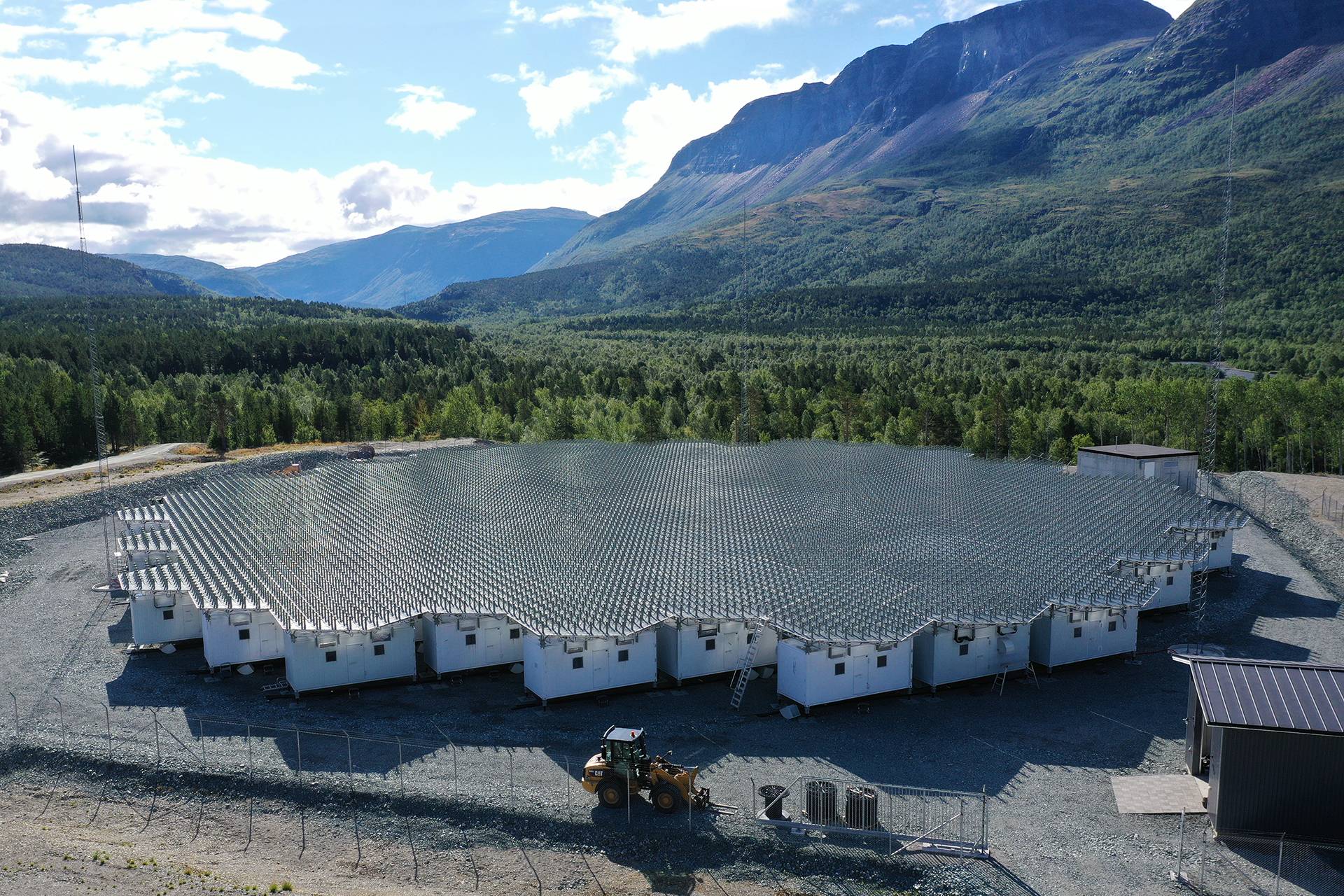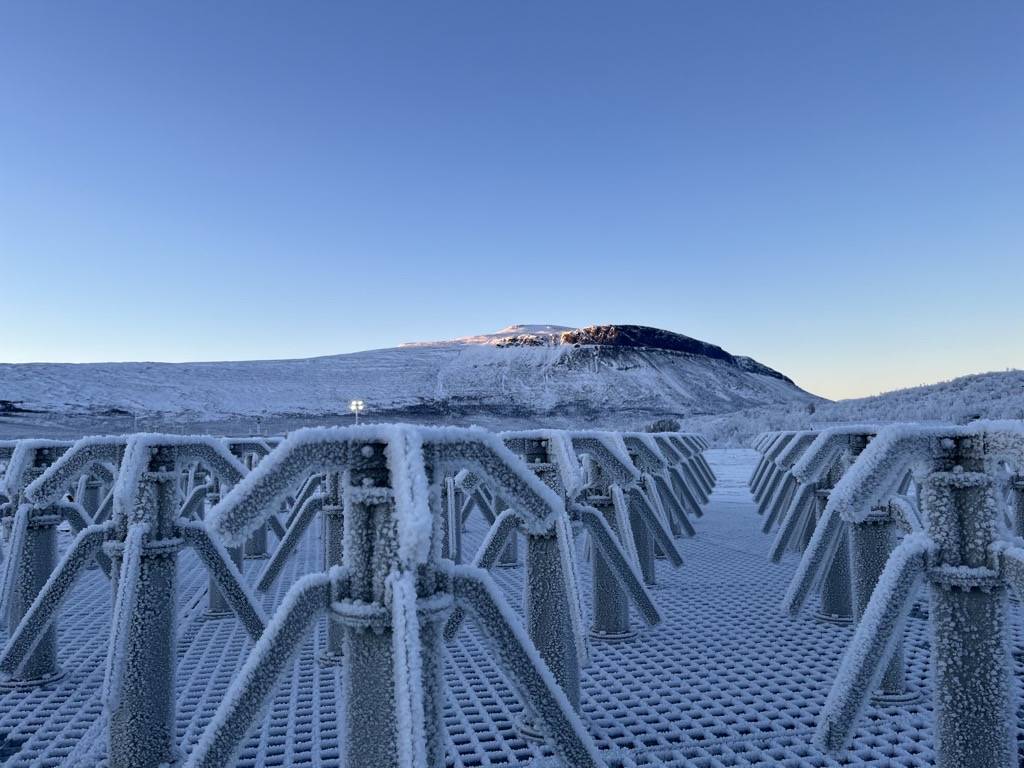A little bit of project history.
In 2004, a project was suggested under European Commission’s FP6 programme:
Design Study
EISCAT_3D
European Next Generation Incoherent Scatter Radar
The radars of the European Incoherent Scatter Scientific Association (EISCAT) are the World’s leading ground based instruments providing high quality radar observations of the auroral and polar ionosphere and atmosphere. Current and future ionospheric and plasma physics research, geophysical environmental monitoring, modelling, and forecasting (e.g. for space weather, ionospheric corrections, and climate change) are driving requirements for both quasi-continuous observations and substantially improved spatial and temporal resolution.
A four year design study is proposed to investigate the technical feasibility, costs, and potential European manufacturers of a new next generation VHF incoherent scatter radar with distributed power amplifiers and an upgraded antenna array for both transmission and reception, together with at least two further, remote reception facilities, using phased arrays with multiple distributed receivers. The design study also encompasses essential developments in advanced signal processing, data collection, distribution, and analysis.

The sketch illustrates the present distribution of EISCAT facilities with example instantaneous coverage (in blue) and indicates the basic additions, also with example instantaneous coverage (in red) to be addressed by the proposed design study (source: FP6 project proposal, March 2004)
The proposal was accepted and the first of three EC funded projects started: EISCAT_3D Design Study.
Then followed FP7 EISCAT_3D_2 and finally H2020 EISCAT3D_PfP.
The PfP-project ended 31 August 2017 and the construction project, EISCAT3D Stage 1 (E3DS1), started 1 September 2017.
The now ongoing EISCAT3D construction is primarily funded by the EISCAT Associates.




